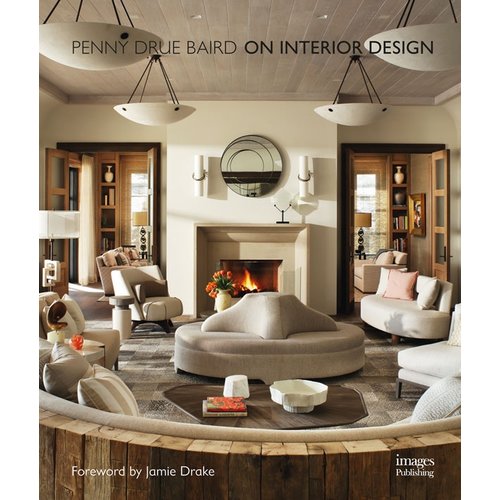Hardwood Floors - Still America's Sweetheart

Baby Royalton offers a collection of pastel-colored hardwoods that can be used in children’s playrooms and baby nurseries.
Hardwood floors continue to be America’s sweetheart when it comes to flooring. It’s rich and welcoming and suits every style of design from traditional to contemporary. Owners of older homes are uncovering treasures of aged, original hardwood floors hiding beneath carpet and pad. And sellers of newer homes are finding their houses sell faster when they can list hardwood floors as part of their design résumé.
As manufacturers of hardwoods are much more eco-conscious and protective of rare wood species, they have had to become more artistic in their finishing techniques to give the consumer the differentiation they are looking for. Metal-infused woods introduce platinum, gold and silver touches to add character to natural hardwoods.
Distressed and textured wood surfaces are not necessarily new, but the markings and techniques used to achieve those looks are becoming more unique. Manufacturers are getting creative to produce fresh, attention-getting floors using glazes. Painted wood floors date back to colonial times, but built-in durability makes these cottage-look floors more functional than ever.
Let’s focus on the metal infused woods. Customers searching for upscale sophistication will be drawn to this look. Provenza Floors in Irvine, Calif., was one of the first to experiment with this technique. The result is breathtaking, as real metal is injected into the wood to produce a renaissance in hardwood floors. These floors can underscore both traditional and contemporary rooms with elegance. Old World and Tuscany-flavored designs especially fit this category. Who wouldn’t want the influence of precious metals as part of their home décor?
Next let’s talk about painted hardwood floors. Although natural looks are far more popular, there is a niche for painted floors. Baby Royalton has addressed this niche market with an outstanding collection of pastel colored hardwoods in their Baby Royalton Collection. Imagine wood plank flooring in blush pink, baby-boy blue, butter-tint yellow and mint green. Is there a market for something that out of the ordinary? Absolutely. Think baby nurseries, cottage-chic living rooms, relaxing bedrooms, children’s playrooms and more. The possibilities stir the imagination.

Model’s C by Model series is inspired by the look and feel of the coast.
Since sustainability and green design have now superseded trend status, floors made from reclaimed woods are trending up. Old barns, schoolhouses, and even old railroad cars are just a few of the wood-rich resources that are finding second lives as vintage hardwoods. Once again, woods with a story have charm and are much in demand.
A designer friend of mine just completed the remodel of an exquisite ranch home in Texas. She used vintage woods in both exposed ceiling beams and wood floors that came from an old monastery. She even created a ceiling fan for a semi-enclosed terrace from an actual old windmill! Now that’s recycling at its best.
There are many fine manufacturers dedicated to using only reclaimed wood products, and one in particular, The Vintage Wood Floor Co. in Costa Mesa, Calif., does an outstanding job of this. They are noted for exquisite wood floors and beams worn by the wind and tempered by time. Check out their different collections: The American Barn Collection, The European Estate Collection, The Vintner’s Collection, and one that will definitely pique your interest-The Rare Finds Collection.
Now that we’ve addressed the unusual, let’s get back to more mainstream hardwood products. You are all aware that Shaw Industries has been in the hardwood business for nearly 10 years now. It is interesting to note that for the last five years, everything is being manufactured in Tennessee. Shaw has focused on attaining GreenGuard certification. Their Epic hardwood is built using their high-density EnviroCore, which incorporates a high level of wood fiber, and adds stability to the floor. It resists dents and does not absorb moisture. The stability the EnviroCore offers is especially important for homes in regions that experience radical climate changes.
Shaw has recently introduced two styles that use Maine birch and maple veneers (Santa Cruz and Carnival). These styles feature woods that are fumed. This technique is known as PermaColor, and originates with sister company Anderson Hardwood Floors. This patented process results in color going all the way through the wood veneer and a natural color glow to the wood (no stain necessary). Given that fact, scratches are minimized.

The Barrel Creek Collection from Armstrong Hardwood Flooring.
As you can see, there is no shortage of innovative hardwood selections coming into the pipeline. I’ve only touched on some of them--each having an interesting story. All trend predictions seem to agree that hardwood floors will continue gaining in popularity, with a wide spectrum of preferences. And given how quickly new products are being brought to market, the next six months promise to deliver some exciting newcomers. Stay tuned.
Looking for a reprint of this article?
From high-res PDFs to custom plaques, order your copy today!






